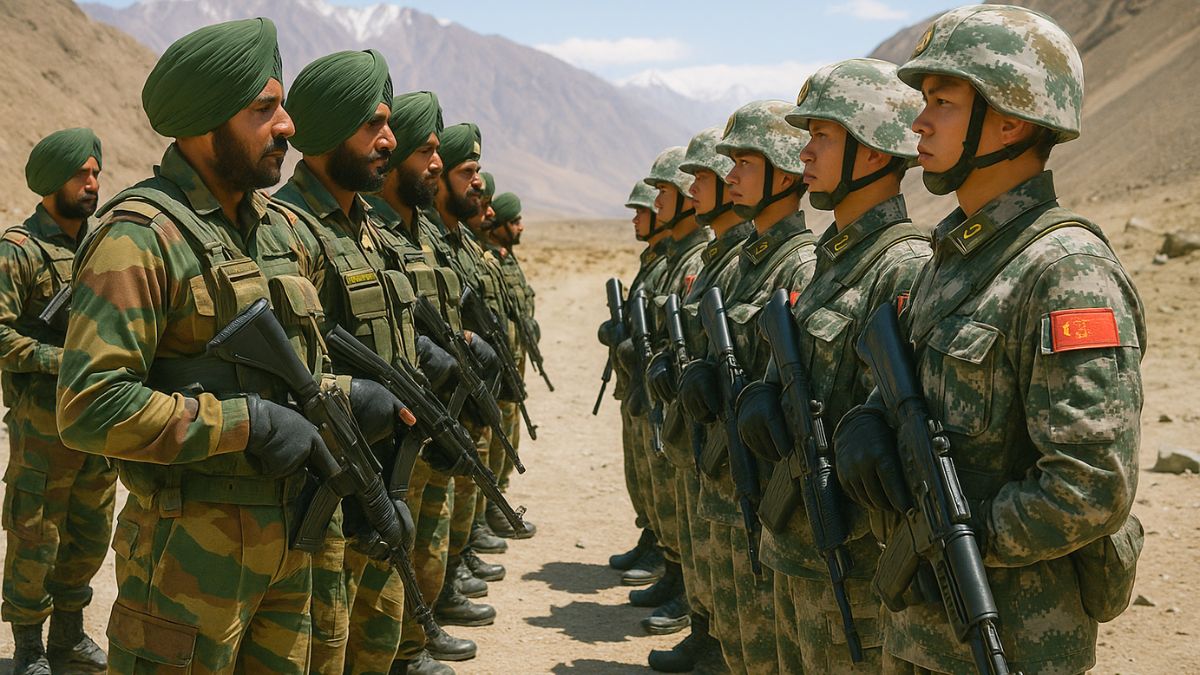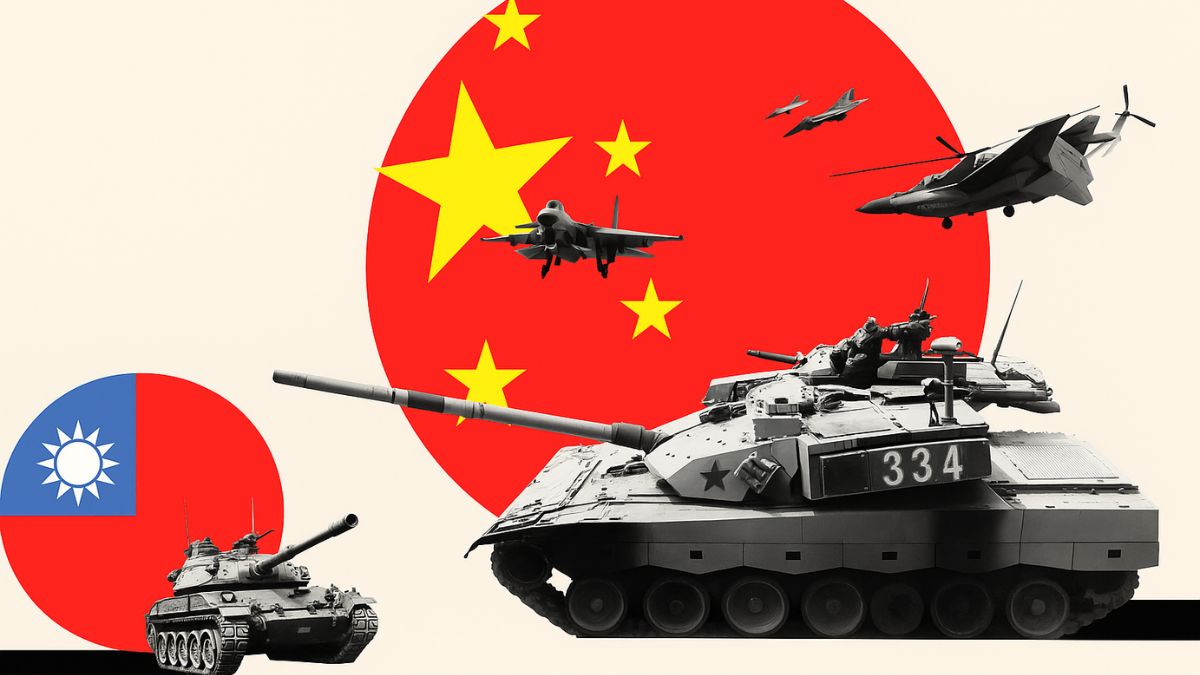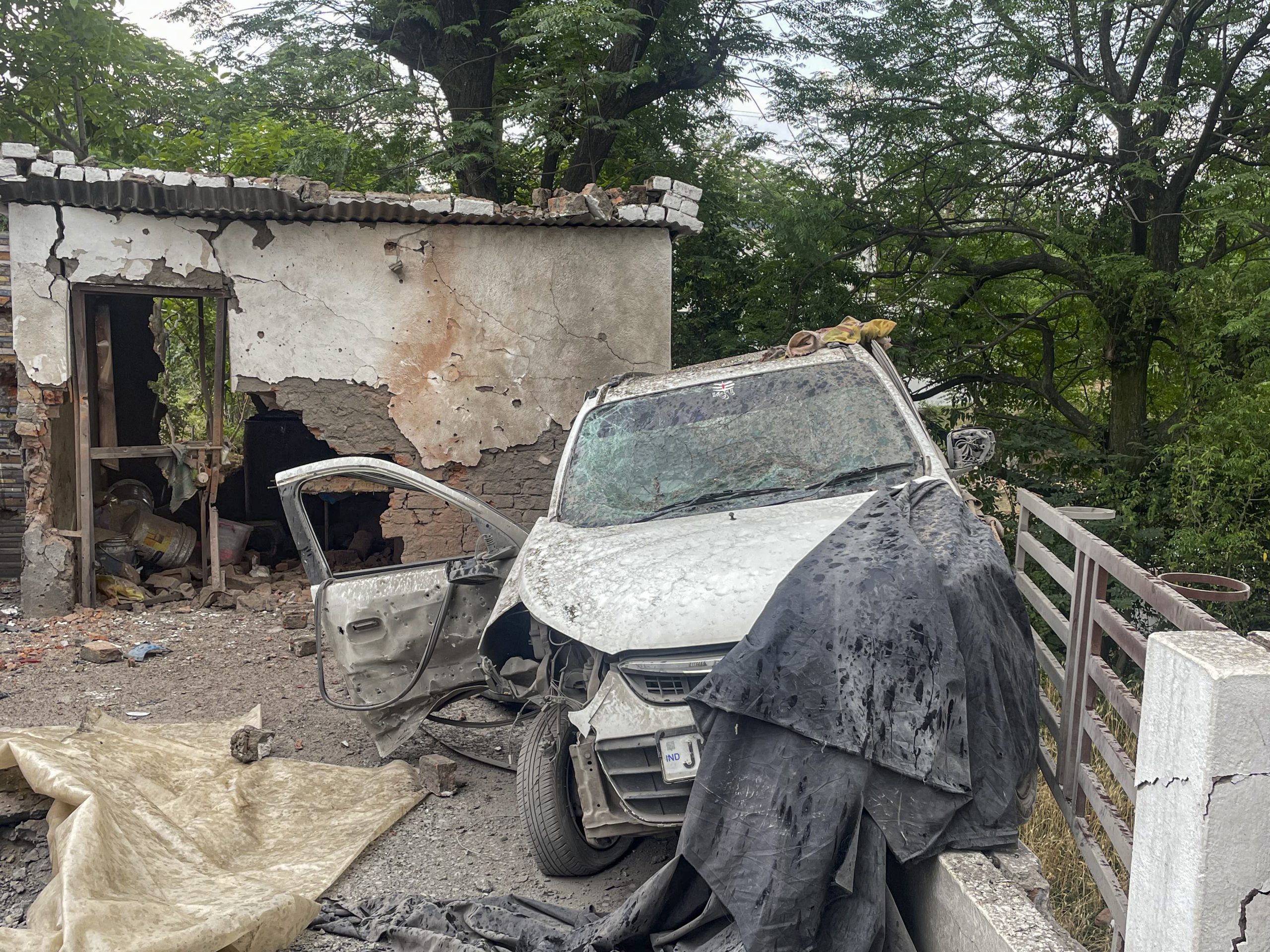Doklam Standoff: How India’s Pushback Forced China To Retreat Despite PLA Threats

Indian troops at Doklam Plateau during the 2017 standoff, where firm resistance forced China’s PLA to withdraw after 73 days of tension. Image courtesy: AI-generated picture via DALL-E
China frequently projects power through military posturing, from the South China Sea to the Himalayas. Yet the frequency of such behaviour does not necessarily reflect the strength of the People’s Liberation Army (PLA). The 2017 Doklam standoff with India remains the clearest case where Beijing’s escalation rhetoric collapsed in the face of firm resistance.
For 73 days, Chinese forces faced Indian troops on the Bhutanese plateau. Daily threats of military reprisals filled state media, but India’s refusal to back down left Beijing with no choice but to withdraw. The episode revealed China’s reliance on psychological warfare over tested military capability, and the limits of intimidation when confronted by determined opposition.
Why did China withdraw at Doklam?
Despite official threats of a “bitter lesson” and comparisons to the 1962 war, Beijing recognised the catastrophic costs that any clash with nuclear-armed India would bring. The dispute began when Chinese troops attempted to extend a road through Bhutan’s Doklam plateau, close to India’s vulnerable Siliguri Corridor. India’s rapid deployment of troops and equipment blocked the construction, catching Beijing off-guard.
The PLA’s threats never translated into military action. Analysts argue this was a calculated decision. Beijing’s priority theatre remains the Pacific, where it confronts the United States over Taiwan. Confrontation with India risked opening a second front, something China is determined to avoid.
How does China use psychological warfare?
The Doklam episode exposed Beijing’s reliance on non-kinetic strategies, often described as the “Three Warfares”: psychological, legal and media campaigns. During the standoff, Chinese outlets repeatedly framed India as the aggressor, warned of inevitable defeat, and tried to generate international pressure. These efforts failed once it became clear that Indian forces were holding their ground.
Doklam demonstrated that Beijing’s aggressive rhetoric often masks reluctance to escalate militarily. China prefers to push incrementally, a pattern sometimes referred to as “salami-slicing,” and then step back when confronted. Infrastructure construction continued in the broader region after disengagement, showing that Beijing shifts to consolidation once outright confrontation proves too costly.
What lessons does Doklam hold for neighbours?
For countries facing Chinese assertiveness, Doklam provides a clear template: sustained resistance and refusal to be swayed by psychological pressure can force Beijing to recalculate. India’s stance in 2017 demonstrated that aggressive posturing does not automatically translate into superior capability.
The standoff underscored a wider truth: China’s military strategy relies heavily on intimidation and calculated risk avoidance. When those tactics are met with consistent pushback, the rhetoric fades and Beijing often retreats.







